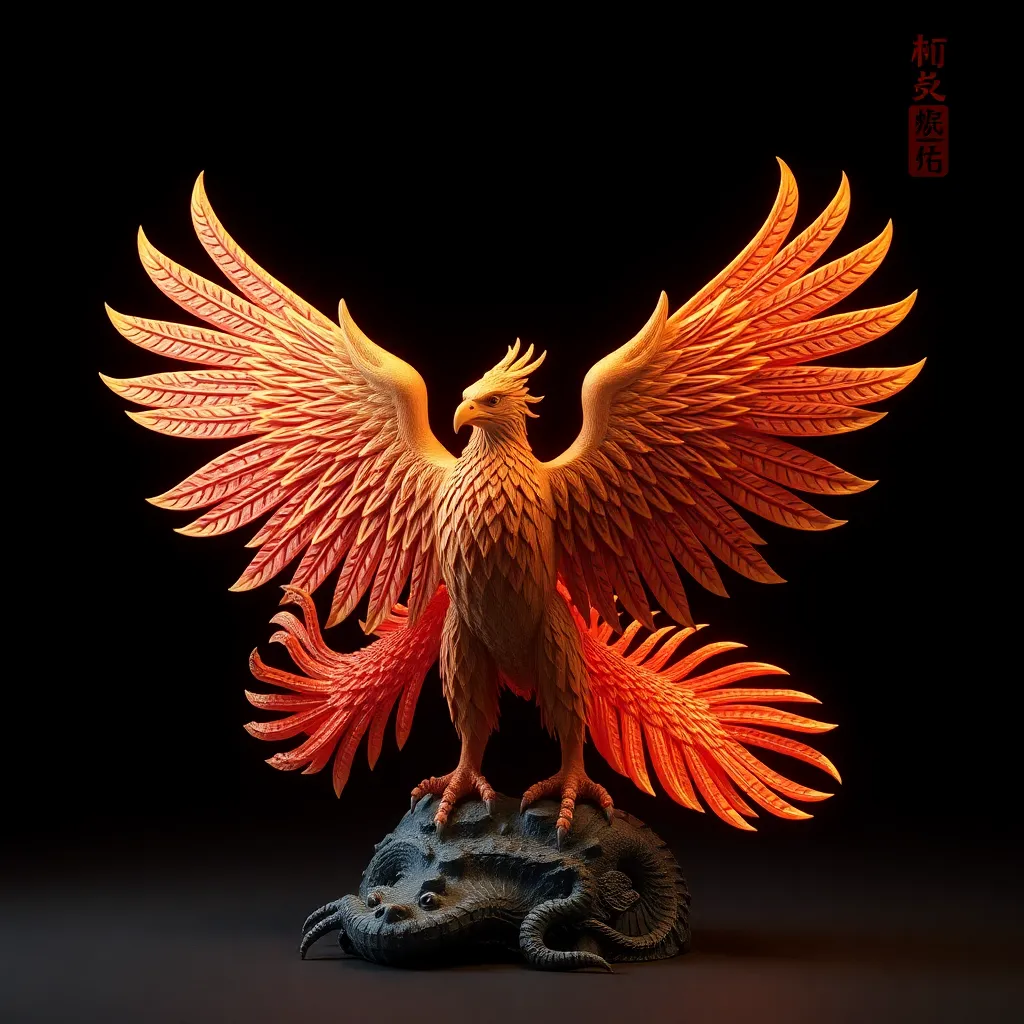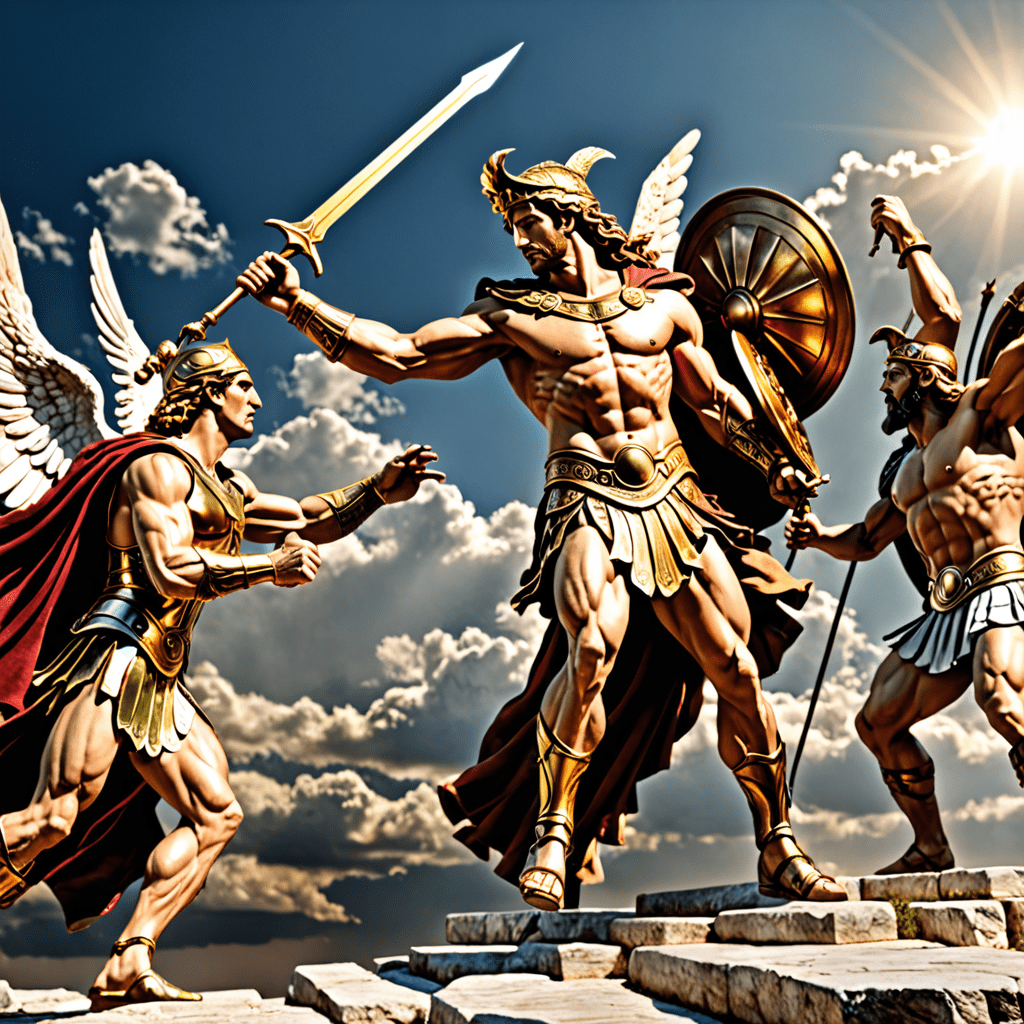The Jacheongbi: A Mythical Guardian of Korean Roofs
Imagine looking up at a traditional Korean house, its roof adorned with intricate patterns and a single, unique tile. This is no ordinary tile, but a mythical creature known as the Jacheongbi. This mythical creature, often depicted as a bird, is believed to be a guardian of the home, protecting it from evil spirits and bringing good luck.
The Jacheongbi, also called "blue tile bird," is a captivating symbol in Korean culture. It embodies the country's rich history, beliefs, and artistic expression. The Jacheongbi is not just a roof tile but a powerful symbol that is interwoven with Korean folklore, architecture, and cultural identity.
The Legend of the Jacheongbi: A Spirit of Protection and Prosperity
The Jacheongbi legend has been passed down through generations, captivating Korean hearts for centuries. The story goes that the Jacheongbi is a divine being who watches over homes, safeguarding them from harm and misfortune. Its presence is believed to bring peace, prosperity, and happiness to the family residing within.
The mythical bird is said to have powerful abilities. One popular belief is that it can ward off evil spirits by using its sharp beak and powerful claws. It is also believed to possess the ability to control the weather, bringing rain during times of drought and preventing storms during times of peace.
Jacheongbi: More Than a Roof Tile
While the Jacheongbi is often associated with roof tiles, it's more than just a decorative element. It represents a profound connection between human life and nature. The Jacheongbi is believed to be a symbol of hope, resilience, and the everlasting cycle of life.
Its placement on the roof is not arbitrary. It is positioned strategically, usually at the apex or the highest point of the roof, signifying its role as the guardian and protector of the home. The Jacheongbi is an embodiment of the Korean cultural belief in the power of nature and the importance of respecting the balance of the universe.
Symbolic Significance: The Jacheongbi as a Symbol of Hope and Resilience
The Jacheongbi, with its vibrant blue color, is often associated with the vast and endless sky. It represents the pursuit of freedom, aspirations, and a connection to the divine. The blue color also symbolizes peace, tranquility, and a calming presence.
The Jacheongbi's association with hope is further strengthened by its protective nature. It serves as a symbol of resilience, reminding people to stay strong even in the face of adversity. The Jacheongbi, with its powerful spirit, inspires people to overcome challenges and to never give up on their dreams.
The Jacheongbi and its Connection to Korean Folklore
The Jacheongbi is deeply embedded in the rich tapestry of Korean folklore. It's frequently featured in traditional tales and legends, often depicted as a benevolent creature that helps people in need. Its presence in folklore reinforces its importance in Korean culture, highlighting the profound connection between mythology and everyday life.
The Jacheongbi also appears in various forms of Korean art, from paintings and sculptures to traditional crafts. This widespread presence speaks volumes about the enduring and influential role of the Jacheongbi in Korean artistic expression and cultural heritage.
Theories on the Origin of the Jacheongbi Legend
The exact origins of the Jacheongbi legend remain shrouded in mystery, but various theories attempt to explain its emergence. One theory suggests that the Jacheongbi is inspired by the blue magpie, a revered bird in East Asian cultures often associated with good fortune and happiness. The bright blue plumage of this bird may have influenced the Jacheongbi's appearance and symbolic significance.
Another theory connects the Jacheongbi to the Korean myth of the "samseong," or three gods. In this myth, one of the gods, Cheonwang, is said to be the god of the sky and the protector of homes. The Jacheongbi's protective role could be seen as a manifestation of Cheonwang's power, furthering the connection between the mythical bird and the divine.
Yet another theory suggests that the Jacheongbi's origin lies in practicality. The roof tiles of traditional Korean houses were often exposed to harsh weather conditions. The use of a "blue tile bird" might have served as a way to reinforce the tile's structural integrity or ward off potential damage from elements like wind and rain.
The Jacheongbi: A Reflection of Korean Cultural Beliefs
The Jacheongbi symbolizes several core cultural beliefs ingrained in Korean society. Its association with harmony and balance reflects the deep Korean belief in the importance of maintaining equilibrium in all aspects of life. This belief is also reflected in the concept of "yin and yang," a philosophical framework that emphasizes the interconnectedness of seemingly opposing forces.
The Jacheongbi's protective role speaks to the Korean value of family and community. Homes are considered sacred spaces where families come together, and the Jacheongbi reinforces the importance of safeguarding these spaces from harm. The belief in the Jacheongbi's ability to bring prosperity also reflects the Korean emphasis on collective well-being.
The Enduring Influence of the Jacheongbi on Korean Architecture
The Jacheongbi continues to be an enduring symbol in Korean architecture, shaping the aesthetics and design of traditional homes and public buildings. Its presence on rooftops serves as a visual reminder of the country's rich cultural heritage and enduring beliefs. While modern architecture has introduced new building materials and designs, the Jacheongbi remains a significant element in contemporary buildings, often incorporated as a decorative element or a symbolic tribute to tradition.
The Jacheongbi's influence extends beyond architecture. It is often used in various artistic expressions, including paintings, sculptures, and crafts. This enduring presence speaks to the Jacheongbi's cultural significance and its ability to inspire creativity across different disciplines.
The Jacheongbi in Modern Society
Despite the passage of time and the evolution of Korean society, the Jacheongbi continues to hold a special place in the hearts and minds of Koreans. It is often featured in contemporary art, literature, and popular culture. The Jacheongbi's presence in modern society serves as a testament to the enduring power of myths and legends in shaping cultural identity.
The Jacheongbi's symbolism continues to resonate with people on a personal level. Many individuals see it as a symbol of hope, resilience, and protection, and its presence can bring comfort and a sense of belonging. The Jacheongbi serves as a reminder of the stories and beliefs that have shaped Korean culture over centuries and its enduring influence on the present.
Beyond the Myth: The Jacheongbi as a Source of Inspiration
The Jacheongbi, as a symbol of hope, protection, and resilience, can serve as a powerful source of inspiration for people of all ages. Its story encourages us to appreciate the beauty and power of folklore and to recognize the enduring influence of mythical characters on cultural identity.
The Jacheongbi's presence on Korean rooftops serves as a reminder that even in the face of change and progress, there are certain values and beliefs that remain timeless and relevant. It inspires us to seek the strength and resilience within ourselves and to never give up on our dreams.
FAQ
Q: What is the Jacheongbi?
A: The Jacheongbi is a mythical creature, often depicted as a bird, that is believed to be a guardian of Korean homes. It is often represented by a blue roof tile with bird-like features.
Q: What does the Jacheongbi symbolize?
A: The Jacheongbi symbolizes protection, prosperity, hope, resilience, and harmony. It represents the belief in the power of nature and the importance of respecting the balance of the universe.
Q: Why is the Jacheongbi important to Korean culture?
A: The Jacheongbi is deeply embedded in Korean folklore, architecture, and art. It represents a connection between the past and present, embodying the beliefs and values that have shaped Korean society over centuries.
Q: Where can I find the Jacheongbi?
A: The Jacheongbi is often found on the rooftops of traditional Korean houses and buildings. While modern architecture has evolved, the Jacheongbi continues to be incorporated as a decorative element or symbolic tribute to tradition.



